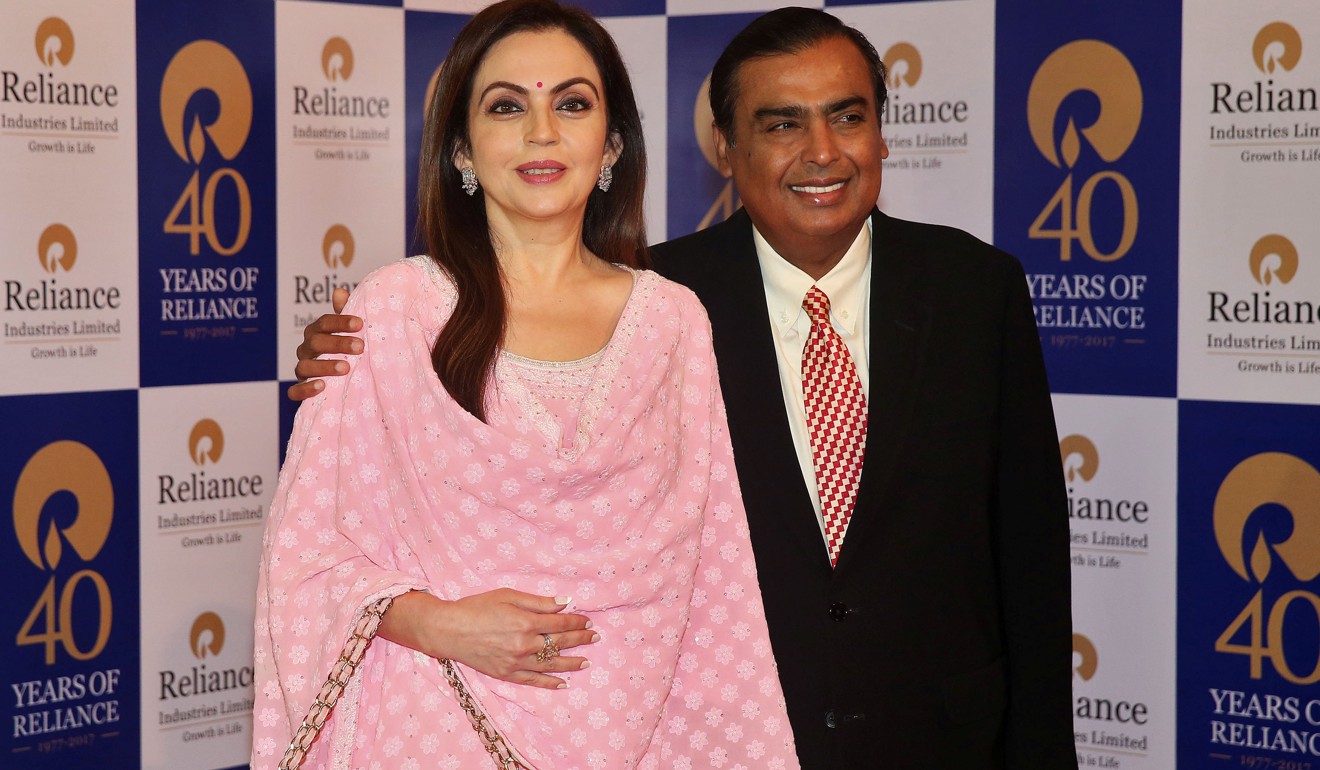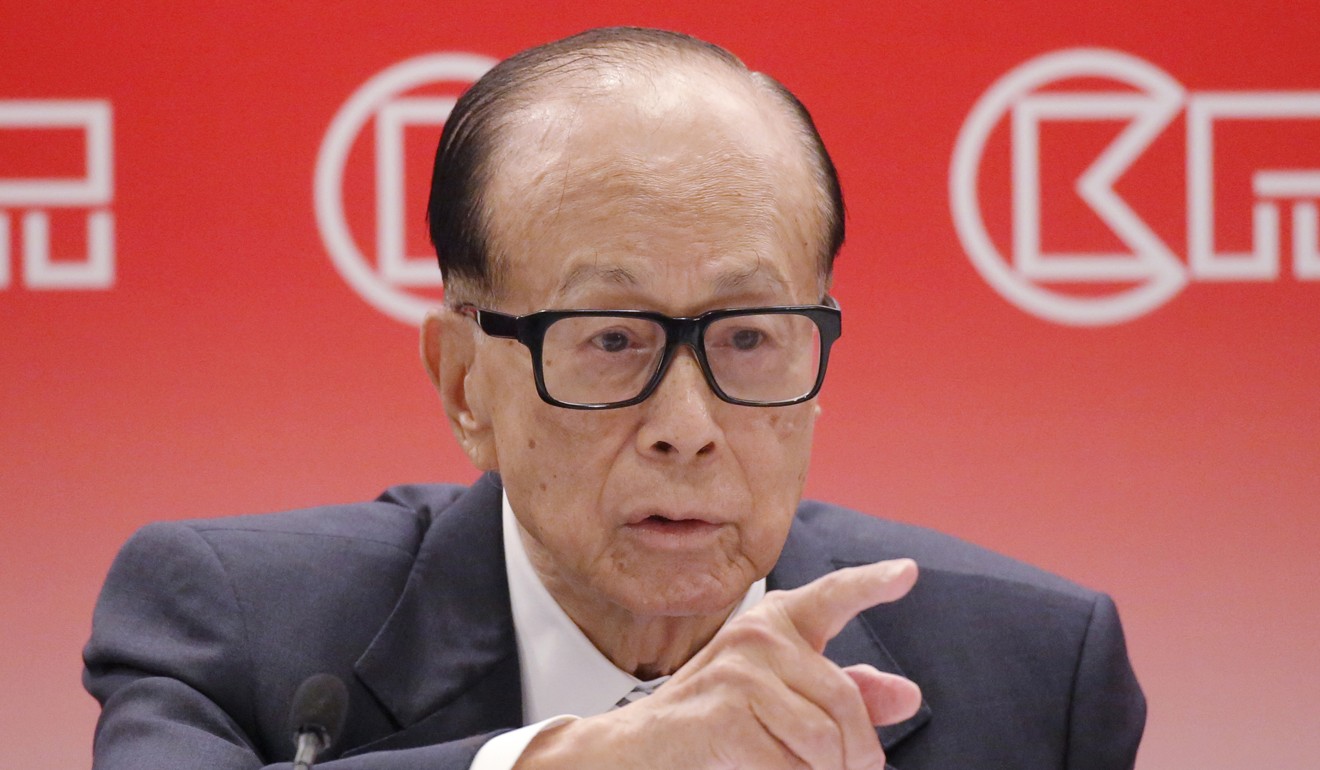
India’s Mukesh Ambani overtakes Li Ka-shing to become Asia’s second richest man
But investors fret over rising level of debt in his Reliance Industries conglomerate
Mukesh Ambani has elbowed past Li Ka-shing to become Asia’s second-richest man as investors rallied behind his efforts to arm India’s poor with cheap data-loaded phones. Some analysts are beginning to focus on the costs of his ambition.
The chairman of Reliance Industries Ltd has added US$12.1 billion to his wealth this year, according to the Bloomberg Billionaires Index, as shares of his refining-to-telecom company surged to a record. Spurring the rally on is optimism that a new US$23 phone launched last month will expand the market for Ambani’s fourth-generation mobile network into India’s hinterland. The whistles and applause that greeted the JioPhone obscured the fact that by one measure the company’s debt has climbed to at least a 15-year high.
The telecom business, Ambani’s seven-year labour of love, has sucked in more than US$31 billion in investments and is yet to earn him and his shareholders any profits. It’s contributed to a near tripling of the group’s total debt since March 2012 and sparked a vicious price war in the world’s second-largest mobile-phone market. About 90 per cent of Reliance’s revenues continue to come from its legacy refining and petrochemicals units, with retail, media and energy exploration contributing the rest.

Local brokerage Kotak Securities Ltd sounded a warning on July 23 when it downgraded Reliance’s stock to reduce. “We remain wary of high capex run-rate and rising net debt levels,” wrote Mumbai-based analysts Tarun Lakhotia and Akshay Bhor.
The company’s net debt-to-EBITDA ratio has quadrupled in the five years to March 2017 and is at the highest level since 2002, when Bloomberg began tracking the data. Analysts consider EBITDA a gauge of a company’s operating profit, or the money it makes before paying taxes, interest on loans and accounting for depreciation and amortisation.
A Reliance spokesman didn’t respond to an email seeking comment about the company’s growing debt.

For Ambani, the gains have swelled his net worth to US$34.8 billion, taking him to number 19 in the Bloomberg Billionaires Index from 29 at the end of 2016. He passed Li Ka-shing, whose empire spans telecommunications, retail and ports, for a few days in April and again on July 7.
Investments in refining and petrochemicals may start benefiting Reliance from the current financial year, said Vishal Kulkarni, a Singapore-based analyst at S&P Global Ratings. He expects operating profits from these businesses to grow by 50 per cent in the year ending March 2019. Jio may make an operating profit of US$1 billion this fiscal and triple it next year, he said.
S&P has a BBB+ rating on Reliance with a stable outlook, two notches above the sovereign’s BBB- rating, implying it can raise money at very competitive rates.

